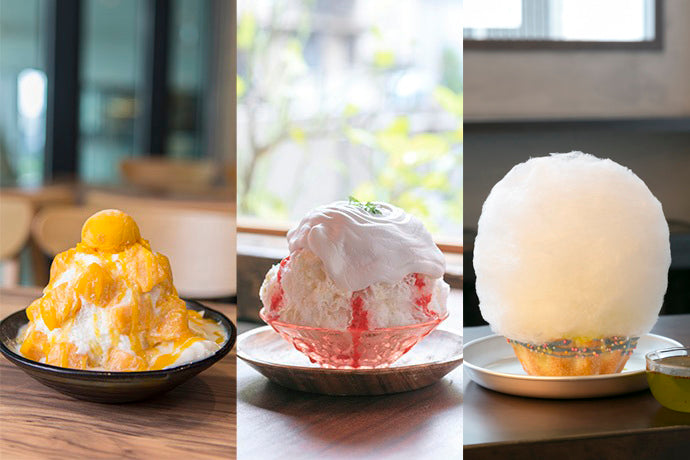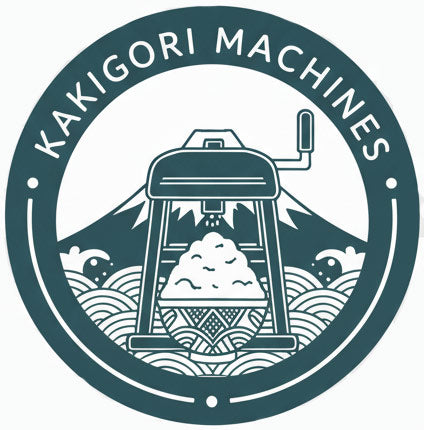
What is Japanese Kakigori ?
in short
- Origin: Kakigōri dates back to the 11th century, first enjoyed by Japanese aristocrats before becoming popular in the 19th century.
- Preparation: Traditionally made with hand-cranked machines, now often prepared with modern electric shaved ice machines.
- Texture: Much smoother and fluffier than American snow cones, often compared to freshly fallen snow.
- Flavors: Popular syrups include green tea, strawberry, lemon, grape, and cherry.
- Variety: Kakigōri can be served with fruits, ice cream, or tapioca pearls, making it a versatile summer treat.

Kakigōri (かき氷) is a Japanese sweet dessert made from shaved ice and topped with syrup or some sort of sweet milk.
The History of Japanese Kakigōri
The history of Kakigori dates back to the 11th century when blocks of shaved ice would be served to Japanese aristocracy during the warmer summer months. It wasn’t until the 19th century that Kakigori would become more accessible to the general public.
Modern Day Kakigōri
Now Kakigori can be found at Japanese street vendors. The traditional way of making it begins with the use of a hand-cranked machine that spins the ice block over a metal shaving blade. While the traditional technique of making Japanese Kakigori has now been modernized with a kakigori electric machines you can still spot street vendors using the traditional hand-cranked machine for Kakigori.
Japanese Kakigōri and American Snow Cone
Kakigori is often compared to a snow cone or a slushie which is more popular in the United States, however, there are some differences between the ice treats. Kakigori is said to be much smoother than its counterparts. Some even compare to the texture to freshly fallen snow in the wintertime. Snow cones are more likely to have a coarse more crunchy texture to its ice.
Making it quite distinct from the Japanese Kakigōri treat. Kakigori like snowcones and slushies, however, come in many different flavors. Some of the popular flavors found at Japan street vendors include:
- green tea
- strawberry
- lemon
- grape
- cherry.
Kakigori remains a popular sweet syrupy treat in Japan, especially during the summer months. You can make it easily by using one of our shave ice machines (Just check the menu above). While Kakigori can normally be found at street vendors it is also very popular with restaurants, cafes, coffee shops and at Japanese festivals. Sometimes Kakigori is served with ice cream, fruits, or tapioca pearls giving some delicious variety to an already delicious treat.
